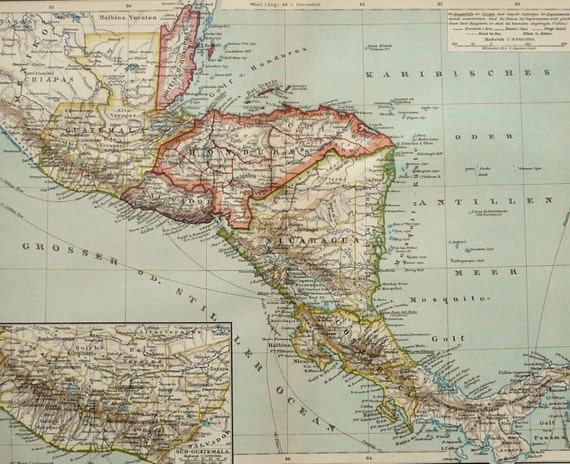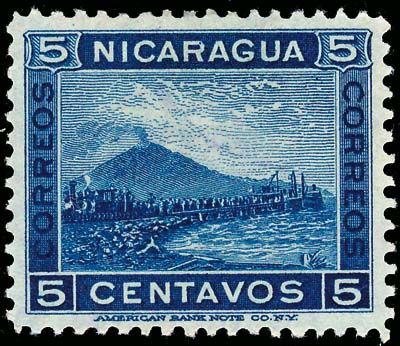Introduction and Prologue - Standing in Line
Deleted member 83898
Carnations Forever
If William McKinley Had Survived

Hello, and welcome to my first-ever TL! I've been here for a little over two years now, so I figured that it was about time I contributed something to the board instead of loafing around and begging for likes.If William McKinley Had Survived

I jest, of course.
Before we begin, I'd like to set forth some basic points about my TL:
1) You will see many familiar faces. I particularly dislike the idea that the butterfly effect must preclude the birth/existence of anyone who was born more than 9 months after the POD; the essentially fictional characters that must be created to replace historical ones seem wooden and unauthentic. What will change will be the roles that these people play and the circumstances of their birth and upbringing.
2) A lot of my knowledge has to do with American politics and American history. This will probably be reflected in the timeline. I will, however, do my best to cover developments elsewhere in the world.
3) If you have an update written out, or would like to flesh out developments in a certain part of the world, feel free to PM me your proposed update/suggestion.
4) I'll try and take this TL as far as possible, preferably to the modern day. Updates may come at an infrequent pace as real-life developments interrupt my writing or if I need to do some research.
5) Comments and feedback are highly appreciated!
With that aside, let's begin! I'll start with a pilot post to make the POD clear and gauge receptiveness, and then take a few days to produce the next update. I hope you enjoy this TL!
:---:---:---:---:---:---:---:---:---:---:---:---:---:---:---:---:---:---:---:---:---:---:---:---:---:---:---:---:
PROLOGUE
Standing in Line
The doors to the Temple of Music had just been closed, but there nonetheless remained a considerably long line of visitors, who had come to meet and greet their president. Grasp, shake, release, repeat. The Major had always been a man for meticulous, methodical preparation, and so it made sense that he had a method for shaking hands, too. By being the first to reach out to grasp the hand of the other, he was able to control the pace of interaction; to firmly grasp the visitor's hand and then to guide them past him. The entire motion took just over a second.
The Major quickly took stock of the next few visitors.
A few persons into the line was a little girl and her mother and her mother directly behind her. In front of her was a tall black man; in front of him another man, and in front of him--
The man in front of him approached the Major. He seemed nervous. He was tall, swarthy, and tense-looking.
The Major was not nervous, but the same couldn't be said of the Secret Service agents flanking him.
One hand extended to reach the other, but it was the hand of the restless visitor which seized first upon the Major's hand. The transaction of greetings took longer than McKinley had hoped for as the next in line approached. He would have to be more assertive next time.
As the swarthy man cleared the greeting area, the next man in line was right behind him, previously obscured by the height of the men who preceded him. This man, too, had a great deal of apprehension on his face.
The Major quickly reached to shake that man's hand, only to realize too late that the hand he had grasped was cloaked in a white handkerchief.
As the Major's grasp tightened around the visitor's hand, he realized what that "hand" was just early enough to avert tragedy.
The Major deftly twisted his wrist.
*CRACK*
*CRACK*
*CRACK*
As the Major stumbled backwards, the tall black man tackled McKinley's assailant, and a bevy of Secret Service agents, artillerymen, and Buffalo policemen followed.
"Go easy on him, boys!", the Major cried out. His right arm was in great pain, but his trademark scarlet carnation - which had always brought him good luck - was still in its place in his lapel.
Last edited by a moderator:


